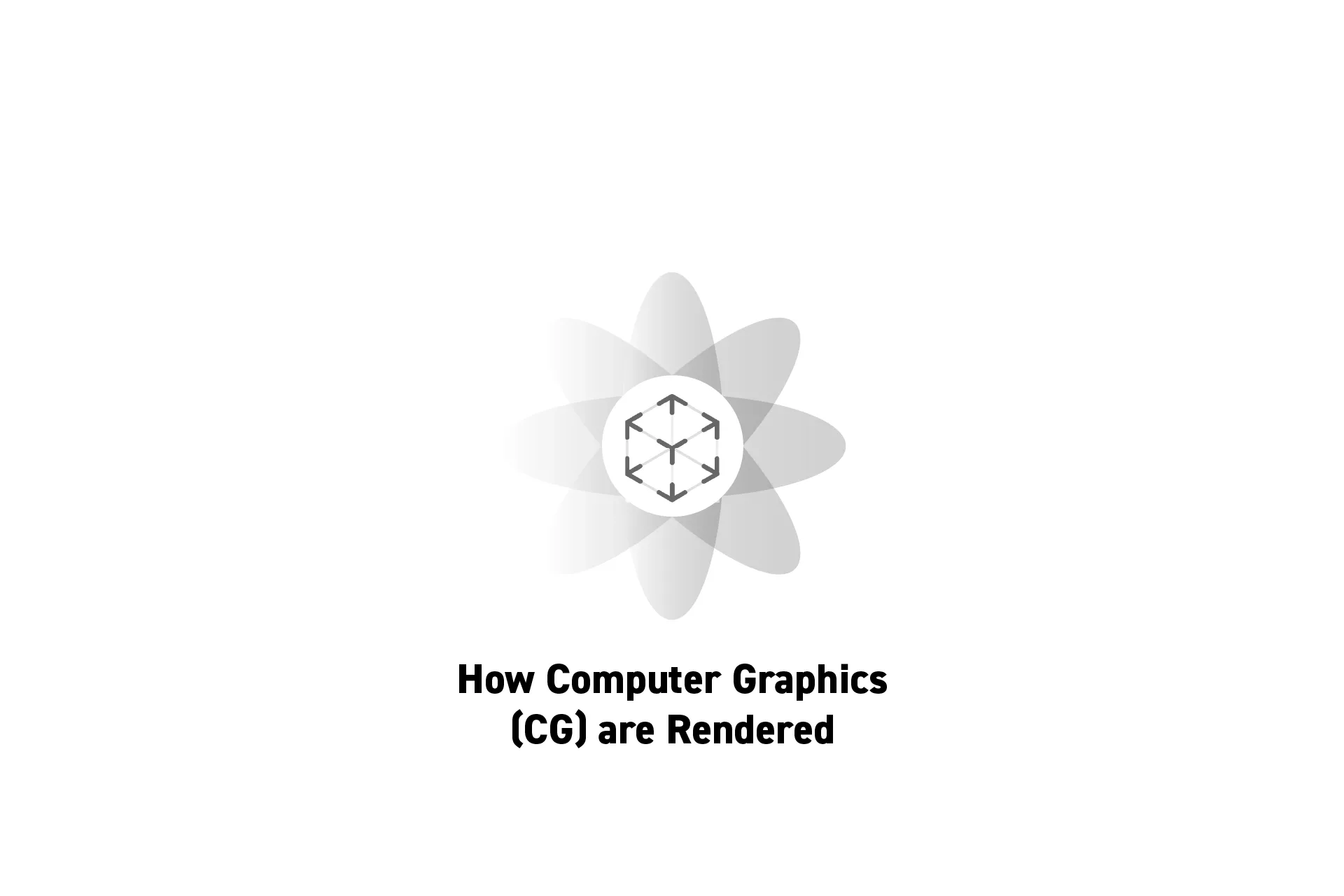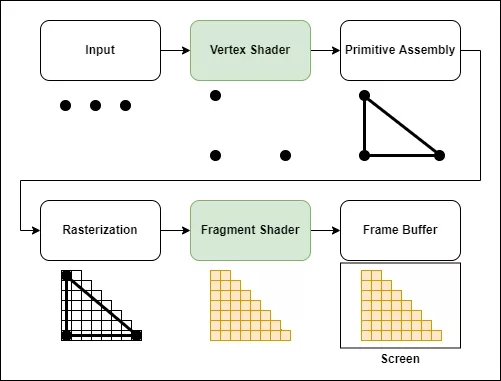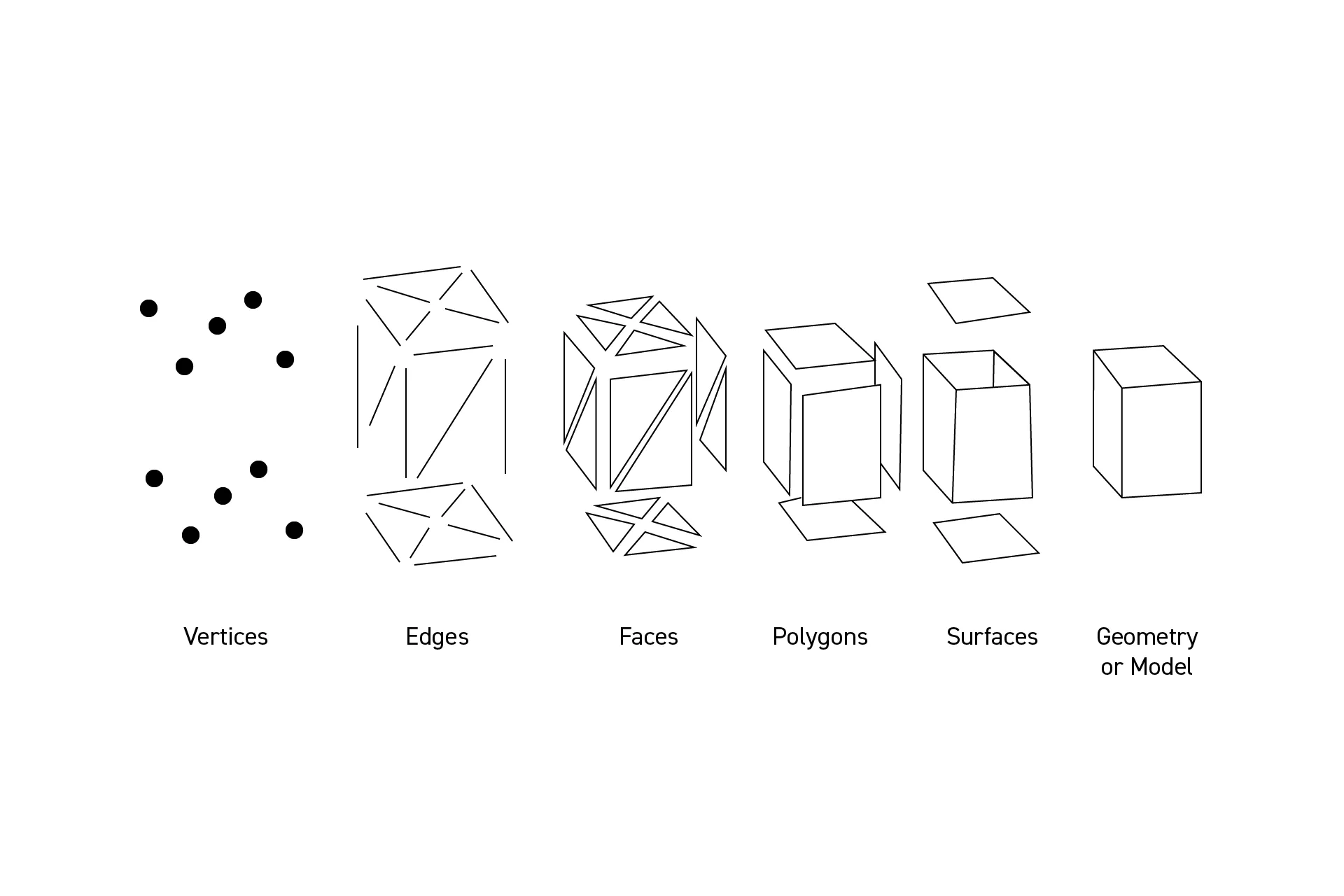How are Computer Graphics (CG) Rendered?
An overview of how computer graphics are rendered in augmented reality (A/R), virtual reality (V/R), mixed reality (M/R) and spatial computing.

An overview of how computer graphics are rendered in augmented reality (A/R), virtual reality (V/R), mixed reality (M/R) and spatial computing.
Subscribe
An example of a render pipeline.
A computer renders environments, scenes and objects (i.e. geometries or models) through software that passes information through a render pipeline that:
- Takes in vertices (i.e. the input).
- Assembles and projects the vertices into space through a vertex shader.
- Converts the vertices into a series of dots and lines (i.e. primitive assembly)
- Converts the primitive assembly into a series of pixels (i.e. rasterization).
- Applies color and styling to the pixels, dots and lines through a fragment shader.
- Presents the visual on a screen through a frame buffer.
To learn more about models, objects and geometries, consult the links below.
To learn more about the fundamental elements behind models, objects and geometries, consult the links below.

How models, geometries are constructed.
To learn more about what it takes to generate visually appealing or photo-realistic models, objects and geometries, consult the links below.
To learn more about shaders, consult the links below.
Looking to learn more about Technology, Augmented Reality, Virtual Reality, Mixed Reality or Spatial Computing?
Search our blog to find educational content on technology, A/R, V/R, M/R and spatial computing.